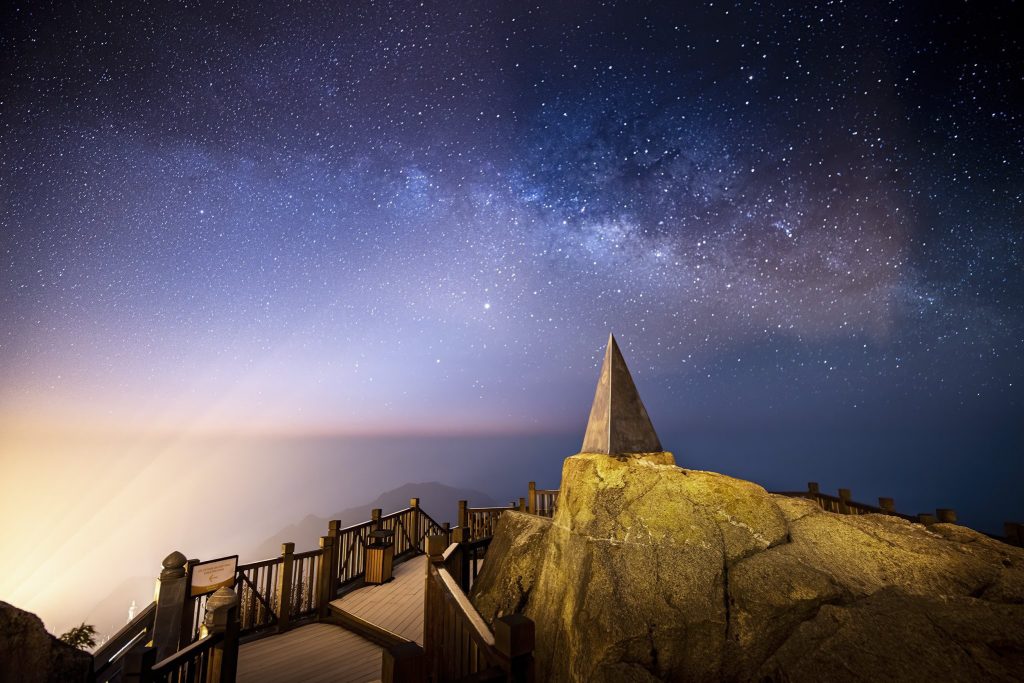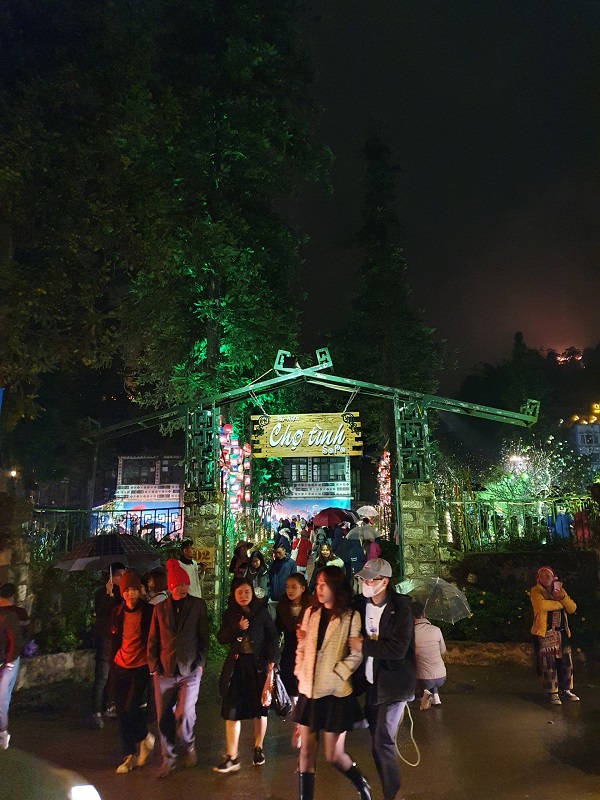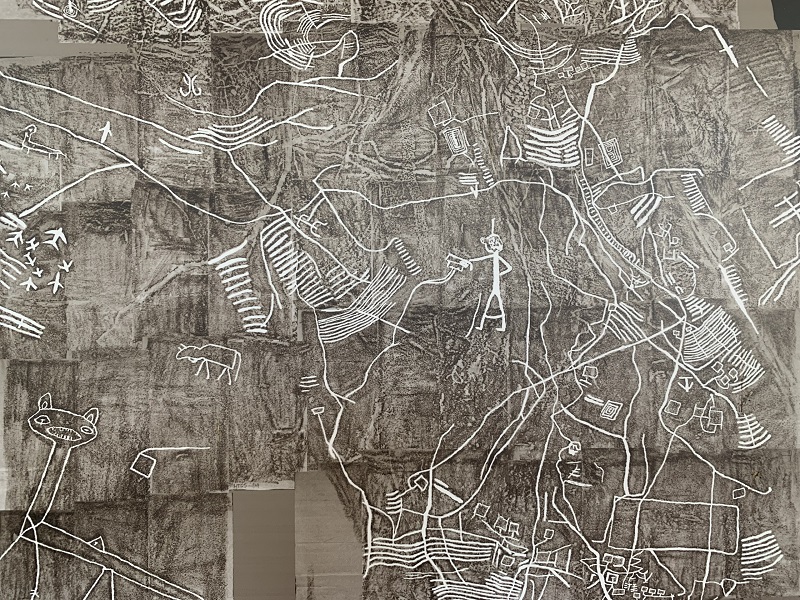- You are here:
- Home »
- First Time to Sapa? »
- Discover the typical tourist attractions in Sapa

Discover the typical tourist attractions in Sapa
Sapa is located in Lao Cai province, with a terrain of 1600 meters above sea level. The cool air of the mountain and beautiful unspoiled landscape are the factors that help Sapa become a famous resort in the North of Vietnam.
In order not to miss the opportunity to explore this beautiful mountain resort, Lao Cai Tourist Information and Promotion Center will advise you a list of the most attractive destinations.
Conquering Fansipan Peak – Roof of Indochina
Fansipan peak is the highest mountain of the Indochina peninsula (3,143 m), in the Hoang Lien Son range.
Although it is only 9 km from Sapa town to the southwest by the skyway, if you climb the mountain, it take of you from 1 to days to conquer this mountain.
Along the way to the top, visitors can experience the wild and poetic natural scenery of the mountains, and discover the fascinating flora and fauna and nature of the Hoang Lien range.
There are many medicinal herb, precious woods, animals such as partridges, bears, monkeys, chamois, birds…
To be able to conquer Fansipan peak, visitors can follow tours of travel companies with the guide from local people, Mong ethnic in the villages around Sapa). The cost for the journey is about 75-200$.

Ham Rong Mountain
Ham Rong Mountain is located in the center of Sapa town, visitors can walk there very easy. Standing on the top of Ham Rong mountain (San May), you will have opportunity to see the whole view of Sapa, Muong Hoa valley hidden in the mist.
Ham Rong is a mountain with full of fruit trees such as (peach, plum, pear, etc.) Halfway through the mountain, visitors can enjoy the melodies and dances of ethnic minorities in Sapa.
Sapa Love Market
Every Saturday night, people from different ethnic groups gather in the center of Sapa town to trade and exchange agricultural products and to exchange cultures between ethnic groups until to the late night.
Here, visitors have the opportunity to enjoy the melodies of the flute and the trumpet performed by ethnic boys and girls. With flute music, they send each other words of love.

Sapa ancient carved stone
A special thing in this valley is the ancient carved stone with many different carvings, interspersed between the grass and the terraced fields of ethnic minorities.
Hundreds of rocks are engraved with drawings, strange characters, the origin and meaning have not been determined.
Today, this ancient carving area has been ranked as a national monument, a unique heritage of the ancient Vietnamese people.
In Muong Hoa valley, there is also a beautiful small stream stretching about 15 km, passing through Lao Chai, Ta Van, Hau Thao communes and ending at Ban Ho.

Sapa Ancient Stone Church
Located in the heart of Sapa town, Sapa Stone Church built in 1935, it is considered as one of the most complete ancient architectural mark of the French left in Sa Pa.
The church has been embellished and preserved, becoming an indispensable image when referring to the misty Sapa town.
Thanh Tuan
About the Author Sapa Tourism Office
Popular posts

